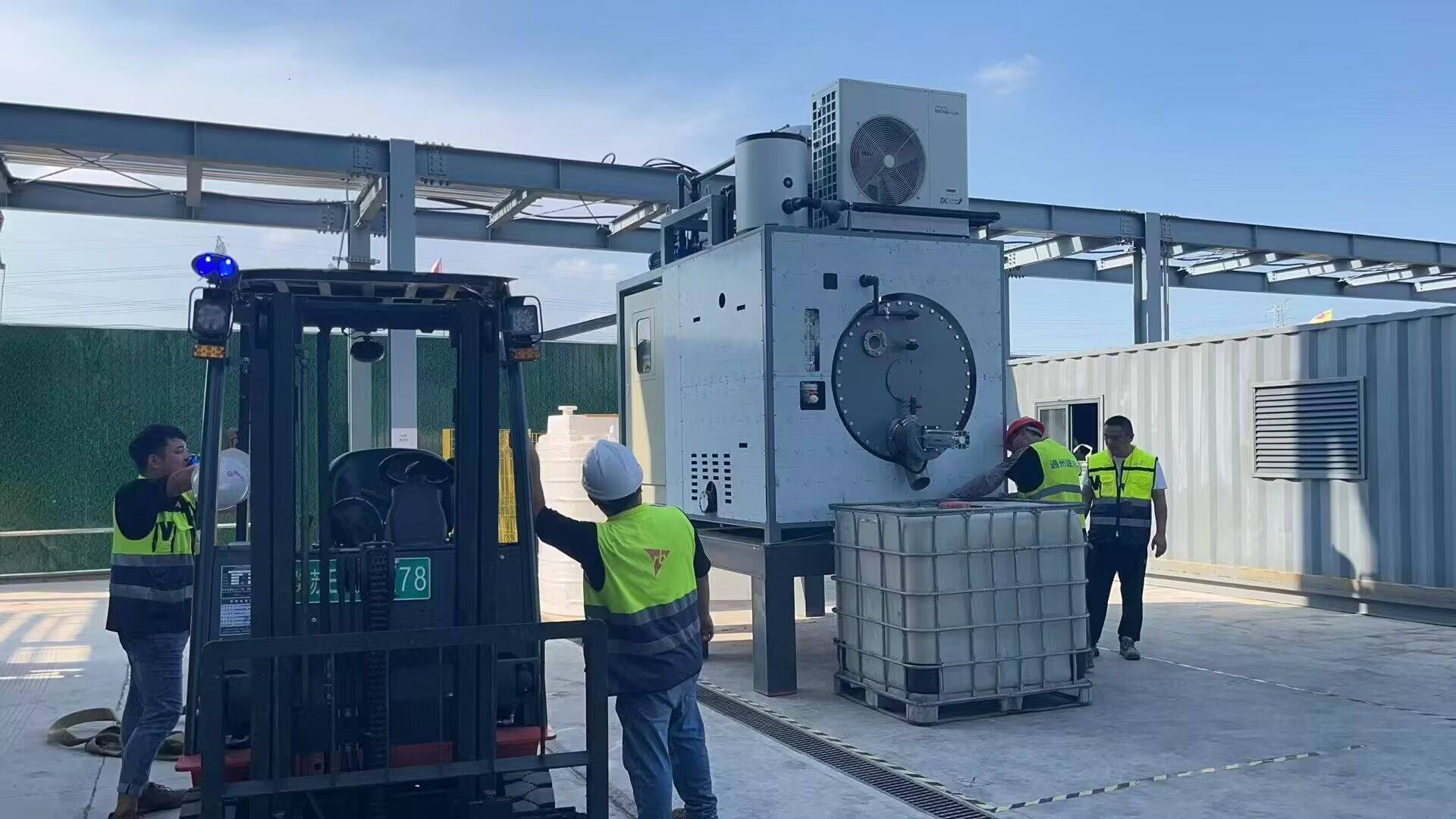sustainable wastewater treatment
Sustainable wastewater treatment represents a cutting-edge approach to managing and processing water waste while minimizing environmental impact and maximizing resource recovery. This innovative system combines biological, physical, and chemical processes to effectively treat contaminated water and return it to the environment in a safe, clean state. The treatment process typically begins with preliminary screening to remove large debris, followed by primary settlement tanks where solid materials are separated from liquids. Advanced biological treatment then uses beneficial bacteria to break down organic matter, while sophisticated membrane filtration systems remove microscopic contaminants. What sets sustainable wastewater treatment apart is its integration of energy-efficient technologies, such as anaerobic digestion for biogas production and nutrient recovery systems that extract valuable resources like phosphorus and nitrogen. These systems often incorporate renewable energy sources, including solar panels and wind turbines, to power operations. Additionally, modern sustainable treatment facilities employ smart monitoring systems and automated controls to optimize performance and reduce operational costs. The applications range from municipal water treatment to industrial waste processing, agricultural water management, and specialized treatment for various commercial operations.


